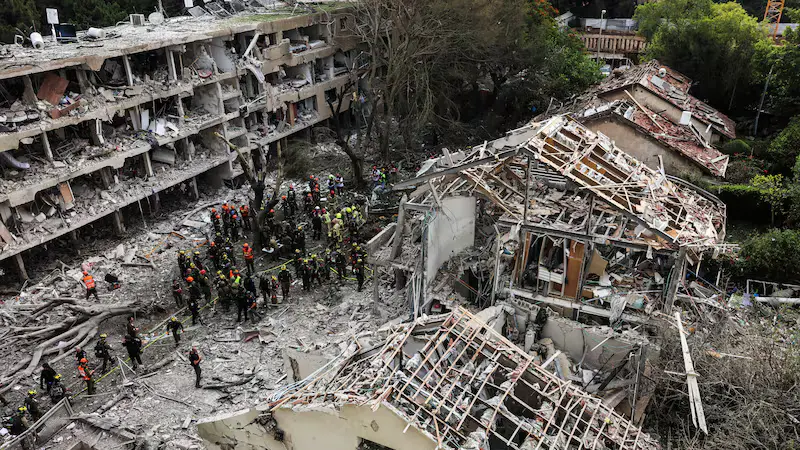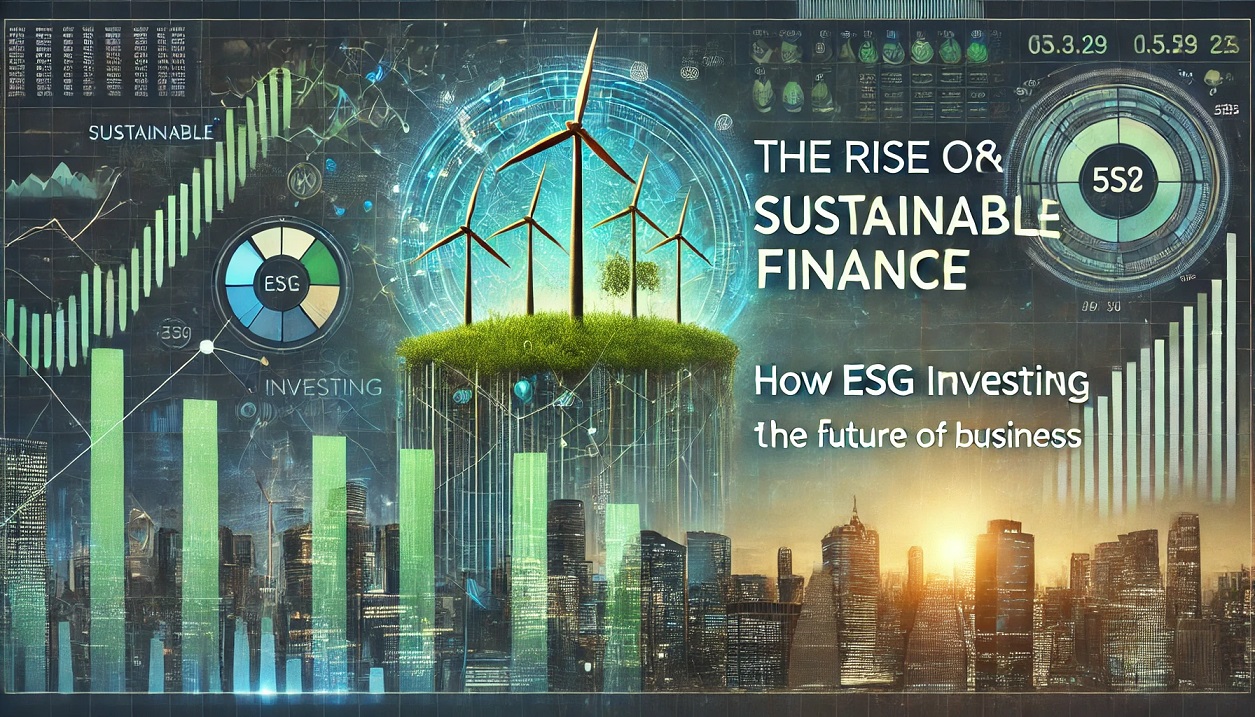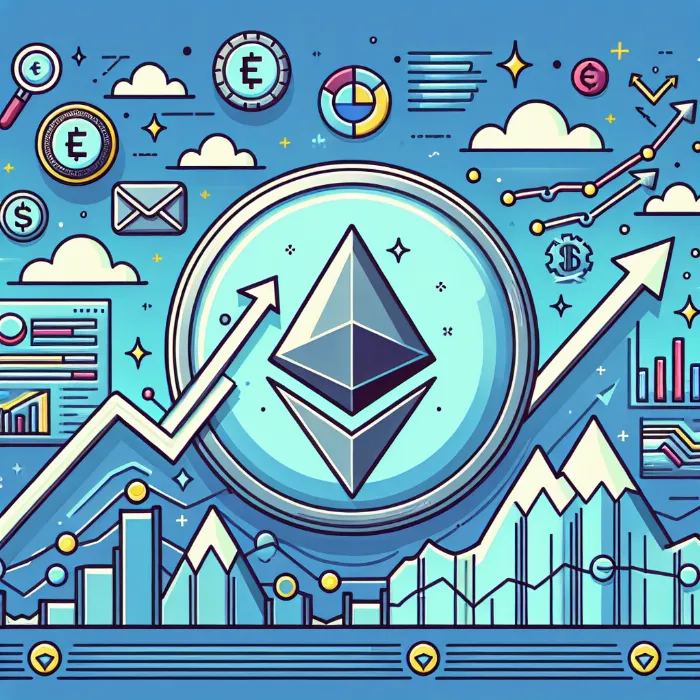Gulf Markets Hold Steady Despite US Entry in Israel-Iran War
Tensions in the Middle East reached a boiling point today as the United States officially launched airstrikes on Iranian nuclear facilities, entering the intensifying Israel-Iran conflict. Yet, in a surprising turn of events, Gulf stock markets across Saudi Arabia, the United Arab Emirates, Qatar, Kuwait, Oman, and Bahrain held firm. Traders remained calm. Investors avoided a panic selloff. Analysts around the world now point to the Gulf region’s growing maturity, fiscal stability, and policy readiness as reasons for this quiet confidence.
As war headlines dominate news tickers, Gulf markets have instead told a different story — one of resilience, cautious optimism, and strategic strength.
📊 Morning Trading: From Panic to Poise
Markets opened with mild tremors. Early fears of regional retaliation and oil disruption created an air of tension on trading floors across Riyadh, Dubai, and Doha. However, the panic didn’t last long. Within hours, equity markets corrected course. Saudi Arabia's Tadawul index, after a shallow dip, climbed into positive territory by midday. The same was observed in Kuwait, where investor focus shifted from geopolitical shocks to financial sector strength. In Qatar, an early 0.8% slide was met with strong buying interest in utilities and energy.
The volatility was visible — but muted. Not a single Gulf exchange experienced a major crash. Trading volume spiked momentarily as war headlines surfaced, but institutional players quickly took over the trend. Across the Gulf, confidence was not shattered. It was recalibrated.
💥 US Strikes & Market Psychology
The United States confirmed that overnight air raids had struck three nuclear development facilities deep inside Iran. These locations included Natanz, Fordow, and Isfahan — all known centers of Iran’s nuclear ambitions. The strikes came in response to escalating threats from Tehran and a week of missile fire across the region.
While the geopolitical message was loud, the economic response was nuanced. Oil prices jumped, but not violently. Brent crude moved from $73 to around $77 a barrel — a clear indicator of risk but not an all-out panic surge. Gold ticked higher, and safe-haven demand rose in Japan and Europe. But in the Gulf, the reaction was controlled.
The key question emerged — why are Gulf markets calm when missiles are flying?
🏦 Fundamentals Over Fear
One word: fundamentals.
Gulf economies, especially Saudi Arabia, UAE, and Qatar, are sitting on deep reserves, sovereign wealth funds, diversified income streams, and proactive monetary policies. These buffers act as shock absorbers in times of crisis.
Central banks in the region also stepped in immediately. The Saudi Arabian Monetary Authority confirmed liquidity readiness. The UAE Central Bank stated that currency pegs were not under threat. Qatar’s Ministry of Finance reminded international investors of its decade-long record of financial stability — even during blockade years.
These official statements, combined with swift behind-the-scenes coordination with major banks, reassured local markets that the region remains economically insulated — even if geopolitically exposed.
💼 Sector Performance Snapshot
Banking stocks remained stable across the board. National Bank of Kuwait and Qatar National Bank both posted 1% gains after the midday rebound. These are cornerstone names in the region and often serve as barometers of investor confidence.
Energy stocks were more mixed. Saudi Aramco saw modest gains early in the session before flattening, while ADNOC in the UAE closed slightly down due to investor caution. However, smaller upstream firms in Oman and Bahrain attracted risk capital due to the oil price uptick.
Transport and logistics shares performed well, reflecting continued shipping flows despite the geopolitical noise. Dubai Ports World and Gulf Warehousing Co. both saw above-average trading.
Telecom and utilities, always seen as defensive plays, attracted steady buying as investors sought safe exposure in a fragile news cycle.
🛢️ Oil in Focus: Risk or Reward?
Crude oil was the natural focal point today. All eyes were on the Strait of Hormuz — the world’s most critical oil chokepoint. But despite the military escalation, there were no closures. No tankers were rerouted. No naval blocks emerged. That made all the difference.
Yes, oil prices rose. Yes, futures saw increased volume. But a full energy panic never materialized.
Analysts now say oil markets are watching three major developments:
- Whether Iran will retaliate with attacks on Saudi or Emirati oil fields.
- Whether U.S. naval presence will keep Hormuz open and stable.
- Whether global oil buyers, particularly in Asia, will begin reshuffling import flows.
Until those trigger points activate, oil remains volatile — but not broken.
📉 What Could Break the Calm?
Despite today’s stability, risks remain high. Any one of the following scenarios could shake the Gulf’s economic poise:
If Iran responds with direct missile attacks on critical Gulf energy infrastructure — such as Ras Tanura in Saudi Arabia or Jebel Dhanna in the UAE — markets will likely sell off aggressively.
If Tehran deploys cyberwarfare against Gulf banking or telecom systems, risk sentiment will shift immediately.
If oil shipments are disrupted even briefly, the ripple effects will be global — and Gulf stock indexes will not be immune.
Until then, markets appear to believe that the war, while serious, remains contained and controlled.
🤝 Diplomacy Behind the Curtains
The Gulf’s diplomatic chessboard is also helping keep the panic at bay. Saudi Arabia and the UAE are walking a careful tightrope — aligning strategically with the U.S., yet urging restraint to avoid an all-out regional war.
Foreign ministers from Oman, Qatar, and Bahrain have opened backchannel communication with Tehran and Washington. These efforts, although quiet, are critical in keeping economic lines open and diplomatic escalation low.
Gulf leaders understand the stakes. Their economies depend on oil exports, stable currency regimes, investor confidence, and global trade partnerships. No one benefits from chaos. That’s why, even in wartime, diplomacy is working overtime.
📈 Long-Term Market Implications
This moment — with Gulf markets holding firm during a regional war — could mark a turning point. It suggests that Gulf economies have matured significantly. Decades ago, such a conflict might have crashed markets, spooked investors, and triggered capital flight.
Today, the story is different.
Capital is sticky. Investors are strategic. Governments are ready. And most importantly, the region knows how to handle pressure.
If this calm continues, the Gulf could emerge as a case study in economic resilience during geopolitical stress.
📌 Practical Advice for Traders and Analysts
If you're following the Gulf markets for signals, here are key takeaways:
Watch for oil price patterns. Volatility is likely, but a move above $85 could shake equity support.
Monitor Iranian rhetoric. Aggressive threats may shift sentiment fast, even before actions occur.
Track liquidity injections from Gulf central banks. They are the first defense against panic.
Focus on defensive sectors. Banks, telecoms, and logistics firms may offer safe returns in times of stress.
Stay tuned to U.S. military briefings. Gulf markets are highly sensitive to Western posture in the region.
🧠 Why This Matters Globally
Today’s events aren’t just a Gulf story. They matter to the world.
If the Middle East holds steady during war, global investors may shift more capital to the region. If energy flows remain undisrupted, oil inflation fears may ease. If the Gulf shows it can weather missile strikes and political tension, its geopolitical weight grows.
And that may mark the beginning of a new chapter — where the Gulf is not just a passive player in global markets, but a resilient pillar of them.
🔚 Conclusion: Calm in the Eye of the Storm
The world is watching missiles fall. But Gulf markets are watching opportunity rise.
Investors here aren’t ignoring the risks. They see them clearly. But they’re also betting on experience, policy strength, and the ability of Gulf nations to survive and thrive even when surrounded by conflict.
Today’s trading session told a story that headlines missed — a story of maturity, focus, and confidence.
The Gulf region didn’t just hold steady today. It stood strong.
And that strength may shape what happens next.

















Comments 0